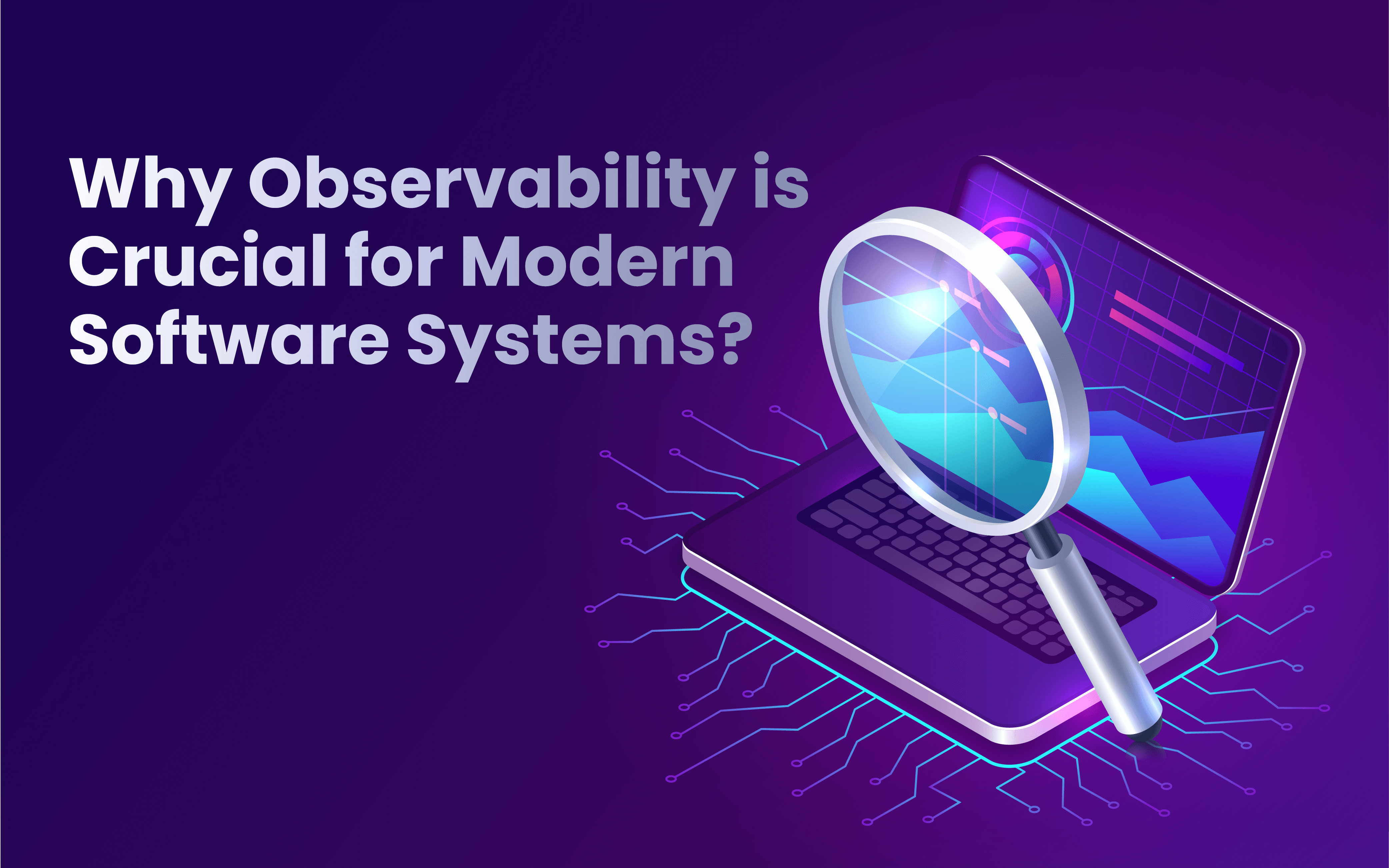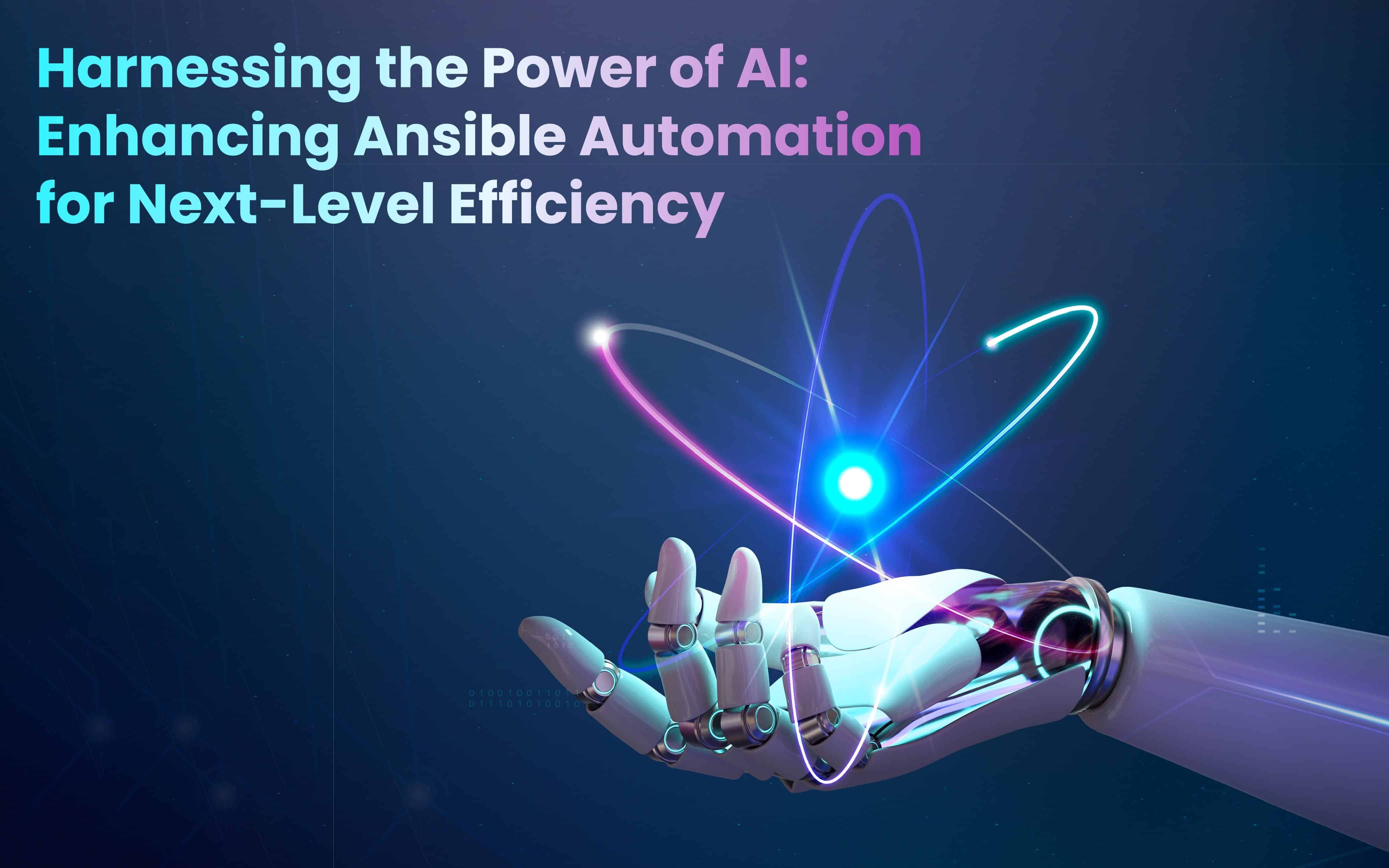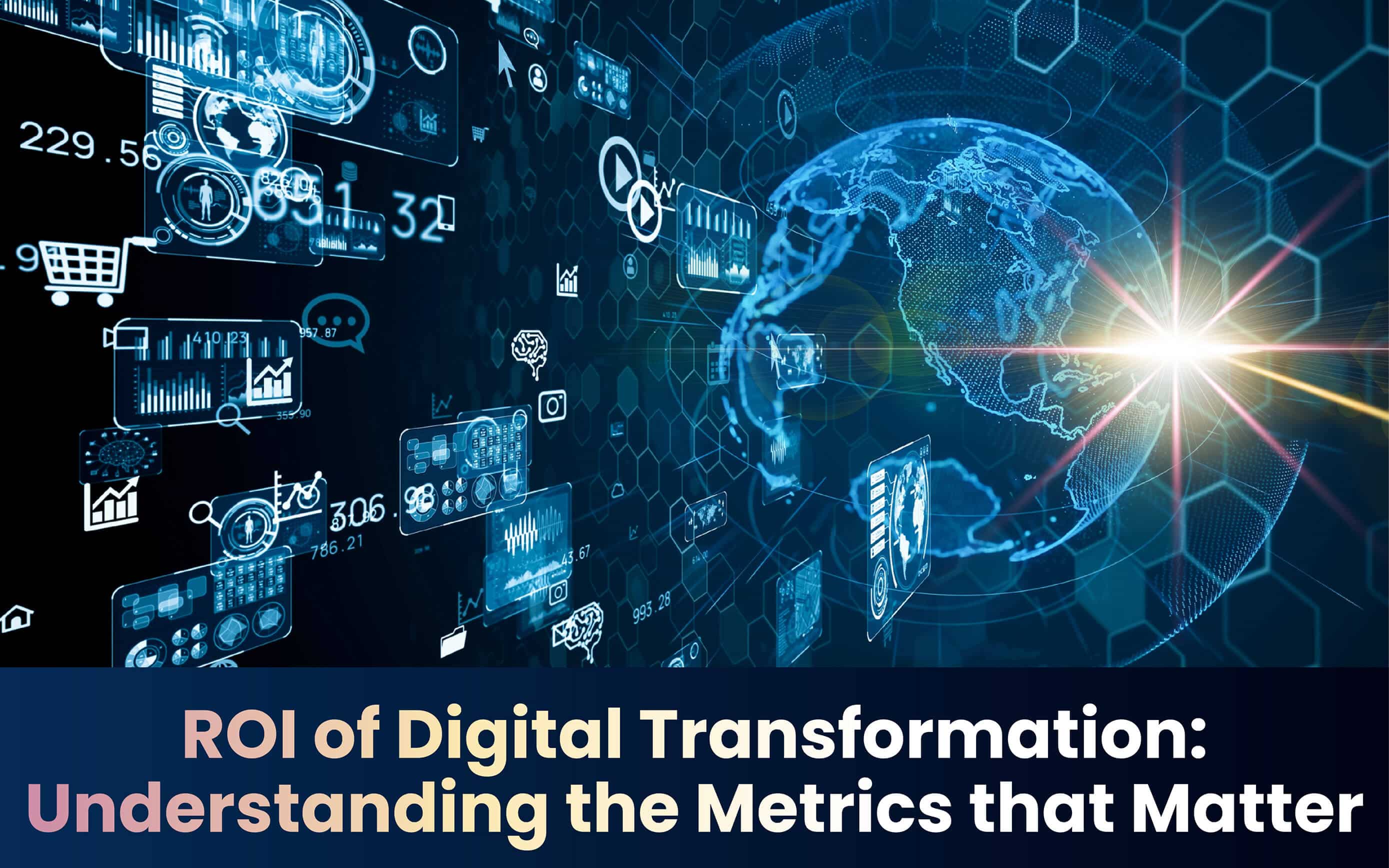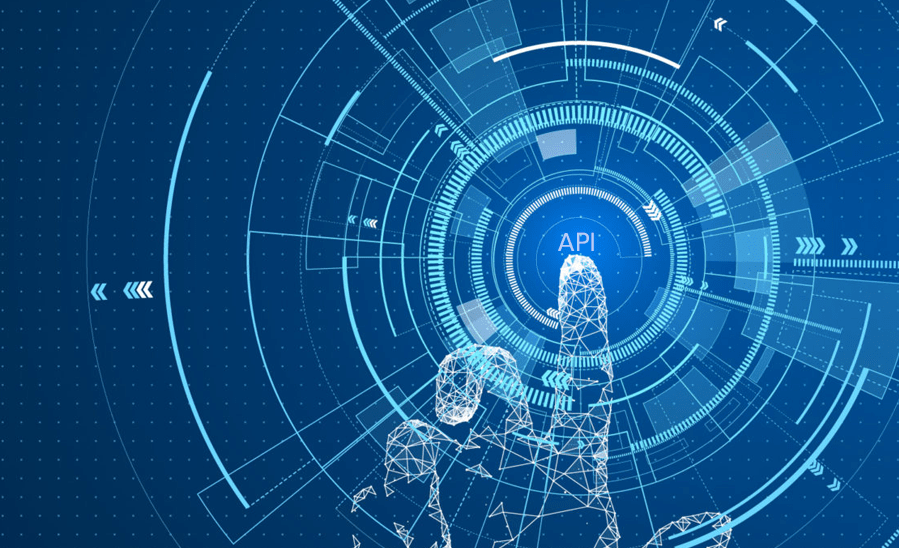Blogs
To know about all things Digitisation and Innovation read our blogs here.
Software As A Service
Why Observability is Crucial for Modern Software Systems?
SID Global Solutions
16 May 2023

Introduction
The observability market refers to the industry that focuses on providing tools and solutions for monitoring and understanding the performance and behavior of complex systems, such as software applications, networks, and infrastructure. It encompasses various technologies and practices aimed at enhancing visibility into these systems, enabling businesses to proactively identify and address issues, optimize performance, and ensure reliable operation.
Observability solutions typically include monitoring, logging, and tracing capabilities, which collectively provide insights into the system’s internal state and behavior. These tools collect and analyze data from various sources, such as application logs, metrics, distributed traces, and events, to provide a comprehensive view of system performance and health.
The observability market has experienced significant growth in recent years due to the increasing complexity of modern software architectures and the need for organizations to ensure robust and reliable operation of their digital services. With the rise of cloud computing, microservices, and containerization, traditional monitoring approaches have become insufficient to handle the dynamic and distributed nature of these systems. As a result, observability has gained prominence as a holistic approach to understanding system behavior and performance.
Also Read: Revisiting Monolithic Architecture: Amazon’s Return to Simplicity
Introduction To Observability
- Definition of Observability: Observability refers to the ability to understand the internal state and behavior of a system based on its external outputs. It involves collecting and analyzing various data sources to gain insights into the system’s performance, health, and interactions.
- Evolution of Software Systems and Complexity: Modern software systems have evolved significantly, with the advent of cloud computing, microservices architectures, and distributed systems. These advancements have introduced increased complexity, making it challenging to understand system behavior and diagnose issues.
- Importance of Observability in Modern Software Systems: Observability is crucial for modern software systems as it provides visibility into their inner workings. It enables businesses to identify and address issues proactively, optimize performance, and ensure reliable operation. Observability empowers organizations to deliver high-quality software products, enhance user experience, and meet customer expectations.
The Three Pillars of Observability
- Monitoring: Collecting and Analyzing Metrics: Monitoring involves collecting metrics and analyzing them to gain insights into system performance. It focuses on measuring key indicators such as response times, error rates, and resource utilization. Monitoring tools provide real-time visibility, enabling teams to detect anomalies, set alerts, and track performance trends.
- Logging: Capturing and Storing Application Logs: Logging involves capturing and storing application logs, which record important events and activities within the system. Logs provide a chronological record of actions, errors, and informational messages. Analyzing logs helps in understanding system behavior, diagnosing issues, and auditing activities for compliance purposes.
- Tracing: Understanding the Flow of Requests and Dependencies: Tracing enables understanding the flow of requests and dependencies across a system. It captures the journey of a request as it travels through different components and services. Traces provide insights into latency, bottlenecks, and errors across the system, facilitating troubleshooting and optimization efforts.
Also Read: Securing Your Supply Chain: A Deep Dive into DevSecOps Implementation
Enhancing System Performance and Reliability
- Proactive Issue Detection and Alerting: Observability enables proactive issue detection by continuously monitoring system metrics and comparing them against predefined thresholds. When anomalies are detected, alerts can be triggered, notifying teams to investigate and address potential issues before they impact end-users.
- Optimizing System Performance and Efficiency: By analyzing metrics and identifying performance bottlenecks, observability helps optimize system performance and resource utilization. It enables teams to identify areas of improvement, fine-tune configurations, and enhance overall efficiency, resulting in better user experience and cost optimization.
- Predictive Analysis and Capacity Planning: Observability data can be leveraged for predictive analysis and capacity planning. By analyzing historical trends and patterns, teams can anticipate future resource requirements, plan for scalability, and ensure that the system can handle anticipated workloads without performance degradation.
Efficient Incident Response and Troubleshooting
- Real-Time Visibility into System Behavior: Observability provides real-time visibility into system behavior, allowing teams to monitor the health of different components and identify issues promptly. Real-time metrics, logs, and traces enable quick detection of anomalies, bottlenecks, and errors, facilitating rapid incident response.
- Root Cause Analysis and Problem Isolation: When incidents occur, observability data aids in root cause analysis and problem isolation. Teams can trace the flow of requests, analyze logs, and examine relevant metrics to identify the underlying cause of an issue. This enables efficient troubleshooting and reduces mean time to resolution (MTTR).
- Collaboration and Communication in Incident Management: Observability promotes effective collaboration and communication among teams during incident management. By sharing real-time data, metrics, and traces, teams can work together to understand the impact of incidents, coordinate efforts, and resolve issues in a coordinated and efficient manner.
Also Read: The Evolution of APIs: How Simple Integrations Grew into Complex Ecosystems
Enabling Seamless Scalability and Resilience
- Monitoring Resource Utilization and Scaling Decisions: Observability plays a vital role in ensuring seamless scalability of software systems. By monitoring resource utilization metrics, teams can assess the system’s capacity and make informed scaling decisions. This allows organizations to scale up or down resources based on actual usage, optimizing costs and maintaining performance.
- Distributed Systems and Observability Challenges: In distributed systems, observability becomes even more crucial due to the complex nature of interactions among multiple services. Observability helps in understanding the flow of requests, tracking dependencies, and identifying performance bottlenecks across distributed components. It enables teams to troubleshoot issues that span multiple services and maintain system resilience.
- Failure Detection, Recovery, and Resilience Engineering: Observability facilitates timely failure detection and recovery. By monitoring system metrics and capturing traces, organizations can detect anomalies, failures, and errors. This knowledge enables proactive measures to mitigate risks, implement resilience engineering practices, and design fault-tolerant systems that can recover quickly from failures.
Impact on Customer Experience and Business Metrics
- User-Centric Observability and Performance Monitoring: Observability directly impacts customer experience by enabling organizations to monitor and optimize user-centric metrics. By capturing user interactions, measuring response times, and tracking user journeys, observability helps organizations understand how system performance affects user satisfaction and retention.
- Monitoring Business Transactions and Conversion Rates: Observability allows tracking and monitoring of critical business transactions and conversion rates. By capturing relevant metrics, organizations can gain insights into transaction success rates, identify bottlenecks in the customer journey, and optimize conversion funnels, thereby improving business outcomes.
- Observability’s Role in Customer Retention and Satisfaction: Observability helps in ensuring high customer retention and satisfaction. By proactively identifying and addressing performance issues, organizations can deliver reliable and high-performing software systems, enhancing customer trust, loyalty, and overall satisfaction.
Also Read: How Monitoring-as-Code Improves DevOps Collaboration and Communication?
Observability in DevOps and Agile Environments
- Integration into Continuous Integration/Continuous Deployment (CI/CD): Observability seamlessly integrates into DevOps and Agile practices. It becomes an integral part of CI/CD pipelines, allowing organizations to monitor and analyze system performance at each stage of the software development lifecycle. This enables early detection of issues, rapid feedback loops, and continuous improvement.
- Facilitating Collaboration and Communication among Teams: Observability promotes collaboration and communication among development, operations, and other teams. By sharing real-time data, metrics, and logs, teams can work together to analyze system behavior, identify performance bottlenecks, and implement effective solutions collaboratively.
- Feedback Loops and Continuous Improvement with Observability: Observability enables continuous improvement through feedback loops. By analyzing observability data, organizations can identify areas for optimization, implement changes, and measure the impact on system performance. This iterative process helps in continuously enhancing the system’s observability and overall performance.
Overcoming Challenges in Implementing Observability
- Data Collection and Filtering Strategies: Implementing observability requires defining effective data collection and filtering strategies. Organizations need to identify the relevant metrics, logs, and traces to capture, while ensuring that the volume of data collected is manageable and meaningful. Implementing intelligent filtering mechanisms helps focus on essential information while reducing noise.
- Balancing Observability with Privacy and Security Concerns: Observability should be implemented while considering privacy and security requirements. Organizations need to ensure that sensitive data is protected and adhere to relevant privacy regulations. Anonymization and encryption techniques can be employed to strike a balance between observability and data protection.
- Adoption and Cultural Shift within Organizations: Implementing observability often requires a cultural shift within organizations. Teams need to embrace observability as a core practice and prioritize it in their workflows. Education and training programs can help teams understand the value of observability and foster a culture of data-driven decision-making and proactive problem-solving.
Also Read: How to Establish a Data Governance Culture Across Your Organization?
Popular Observability Tools and Technologies
- APM (Application Performance Monitoring) Solutions: APM solutions provide comprehensive monitoring and analysis capabilities for applications. They collect metrics, trace requests, and provide insights into application performance, database queries, and external service dependencies. Popular APM tools include New Relic, Datadog, and Dynatrace.
- Distributed Tracing Frameworks and Implementations: Distributed tracing frameworks enable the capture and analysis of request traces across distributed systems. Examples include OpenTelemetry, Jaeger, and Zipkin. These frameworks allow organizations to understand the flow of requests, identify latency issues, and trace performance bottlenecks in microservices architectures.
- Log Management and Analytics Platforms: Log management and analytics platforms help centralize and analyze application logs. Tools like Elasticsearch, Splunk, and Graylog allow organizations to store, search, and analyze logs in real-time. They enable deep-dive investigations, troubleshooting, and correlation of log data with other observability metrics.
Best Practices for Implementing Observability
- Defining Clear Objectives and Key Performance Indicators (KPIs): Organizations should clearly define observability objectives and establish relevant KPIs to measure the effectiveness of their observability strategy. This includes identifying the metrics, logs, and traces that align with business goals and user expectations.
- Instrumentation and Data Collection Strategies: Careful instrumentation and data collection strategies are crucial for effective observability. Organizations should determine what data to collect, where to collect it, and how frequently. Proper instrumentation ensures the right level of granularity and avoids unnecessary overhead.
- Monitoring Strategy, Dashboards, and Alerts: Developing a monitoring strategy is essential to focus on relevant metrics and set up actionable alerts. Organizations should design informative dashboards that provide a holistic view of system performance and health. Configuring alerts based on predefined thresholds helps teams detect and respond to critical issues promptly.
The Future of Observability
- Machine Learning and AI for Automated Insights: The future of observability lies in leveraging machine learning and AI techniques to gain automated insights. These technologies can analyze vast amounts of observability data, detect patterns, and provide proactive recommendations for optimization and anomaly detection.
- Observability in Serverless and Edge Computing: As serverless computing and edge computing gain prominence, observability will need to adapt to monitor and understand these distributed and dynamic environments. Observability solutions will evolve to provide visibility into function invocations, event-driven architectures, and edge devices.
- Standardization and Interoperability Efforts: Standardization and interoperability efforts, such as the OpenTelemetry project, aim to provide unified standards for collecting and exchanging observability data across different tools and platforms. This fosters interoperability, simplifies integration, and enables a seamless observability ecosystem.
Also Read: Personalized Banking APIs: A Solution for Financial Inclusion
Conclusion
observability has emerged as a crucial element for modern software systems, especially in the face of increasing complexity and evolving user expectations. By embracing observability, organizations can gain comprehensive visibility into their systems, enabling proactive issue detection, optimizing performance, and ensuring reliable operation.
To successfully implement observability, organizations should define clear objectives and key performance indicators (KPIs), employ effective instrumentation and data collection strategies, and design informative dashboards and actionable alerts. Furthermore, it is crucial to foster a culture of observability within the organization and stay updated with the latest tools and technologies in the observability landscape.
As the future unfolds, observability will continue to evolve with advancements in machine learning, AI, and the emergence of serverless and edge computing. Efforts towards standardization and interoperability will further enhance the observability ecosystem, enabling organizations to leverage the power of data-driven insights for continuous improvement. observability is no longer a luxury but a necessity for modern software systems. By embracing observability, organizations can unlock the potential for enhanced performance, reliability, and customer satisfaction in today’s dynamic and complex digital landscape.









